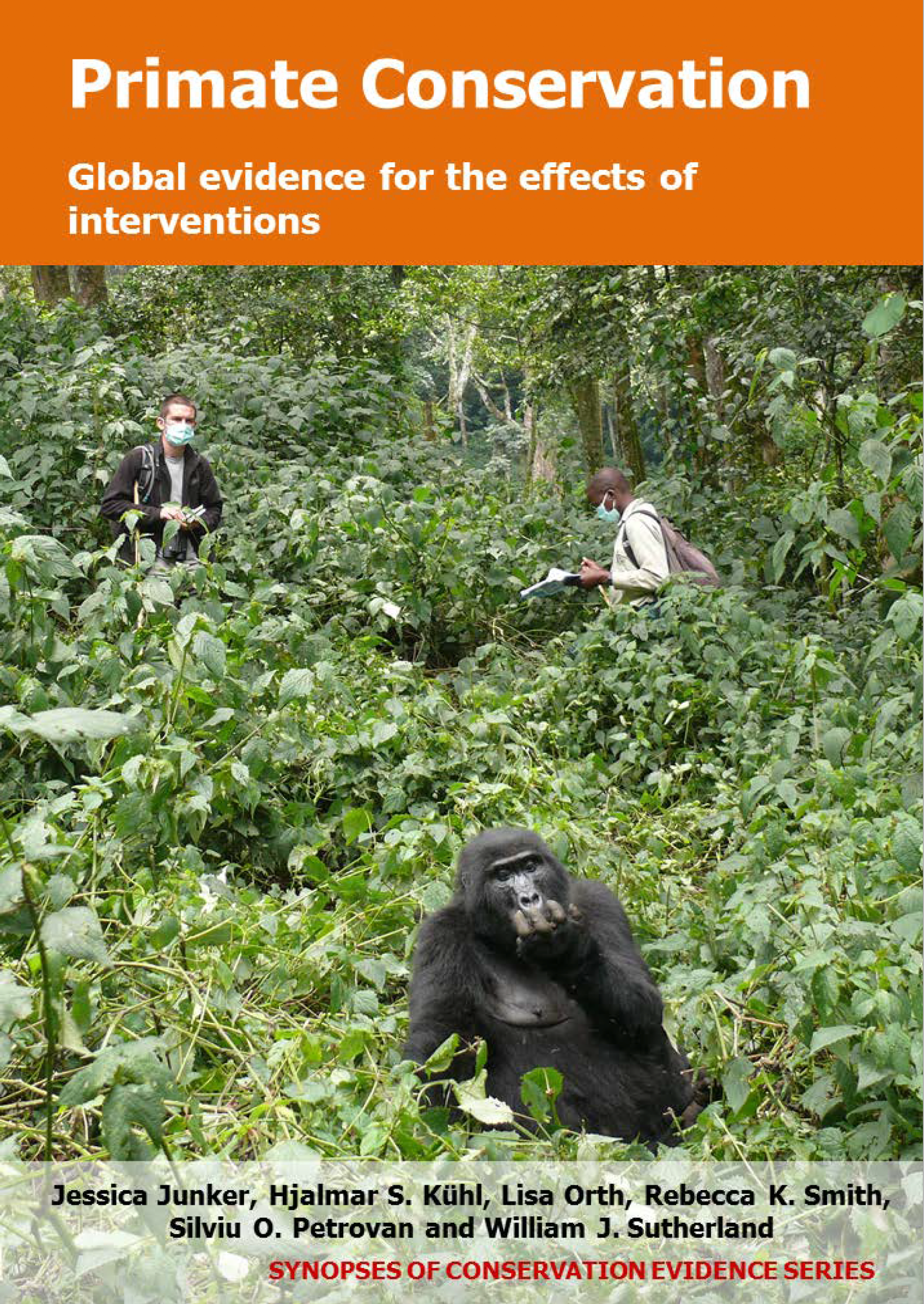Use nets to keep primates out of fruit trees
-
Overall effectiveness category Unknown effectiveness (limited evidence)
-
Number of studies: 1
View assessment score
Hide assessment score
How is the evidence assessed?
-
Effectiveness
40% -
Certainty
30% -
Harms
20%
Study locations
Supporting evidence from individual studies
A controlled, replicated, before-and-after trial in 2007-2009 in an agro-forest system in Batang Serangan region, north Sumatra, Indonesia found that in areas where farmers used tree nets, crop-raiding by orangutans Pongo abelii was reduced. In areas where farmers used no mitigation technique, the frequency of crop-raiding events did not change. Crop yield increased from 69 kg to 176 kg (61% increase) after trials on farms where farmers used tree nets (n=10 farms) and decreased from 64 kg to 47 kg (27% decrease) on farms where no mitigation technique was trialled (n=15 farms). In addition, interviews with 50 farmers (of which 50% participated in the trials) showed that attitudes towards orangutan management had changed after the study. The proportion of farmers who wanted orangutans removed from their farms decreased from 58% before the study to 28% after the study. However, all farmers stopped using nets as a mitigation technique five months after the study. Barrier nets of 5 x 5 cm2 mesh stitching nylon rope were placed to partially or entirely cover the canopy of 14 separate jengkol Archidendron pauciflorum trees.
Study and other actions tested
Where has this evidence come from?
List of journals searched by synopsis
All the journals searched for all synopses
This Action forms part of the Action Synopsis:
Primate Conservation
Primate Conservation - Published 2017
Primate Synopsis





)_2023.JPG)














